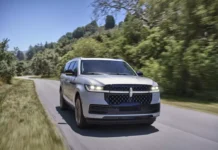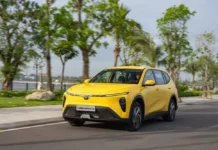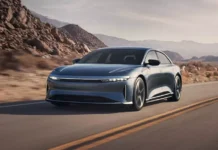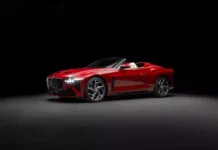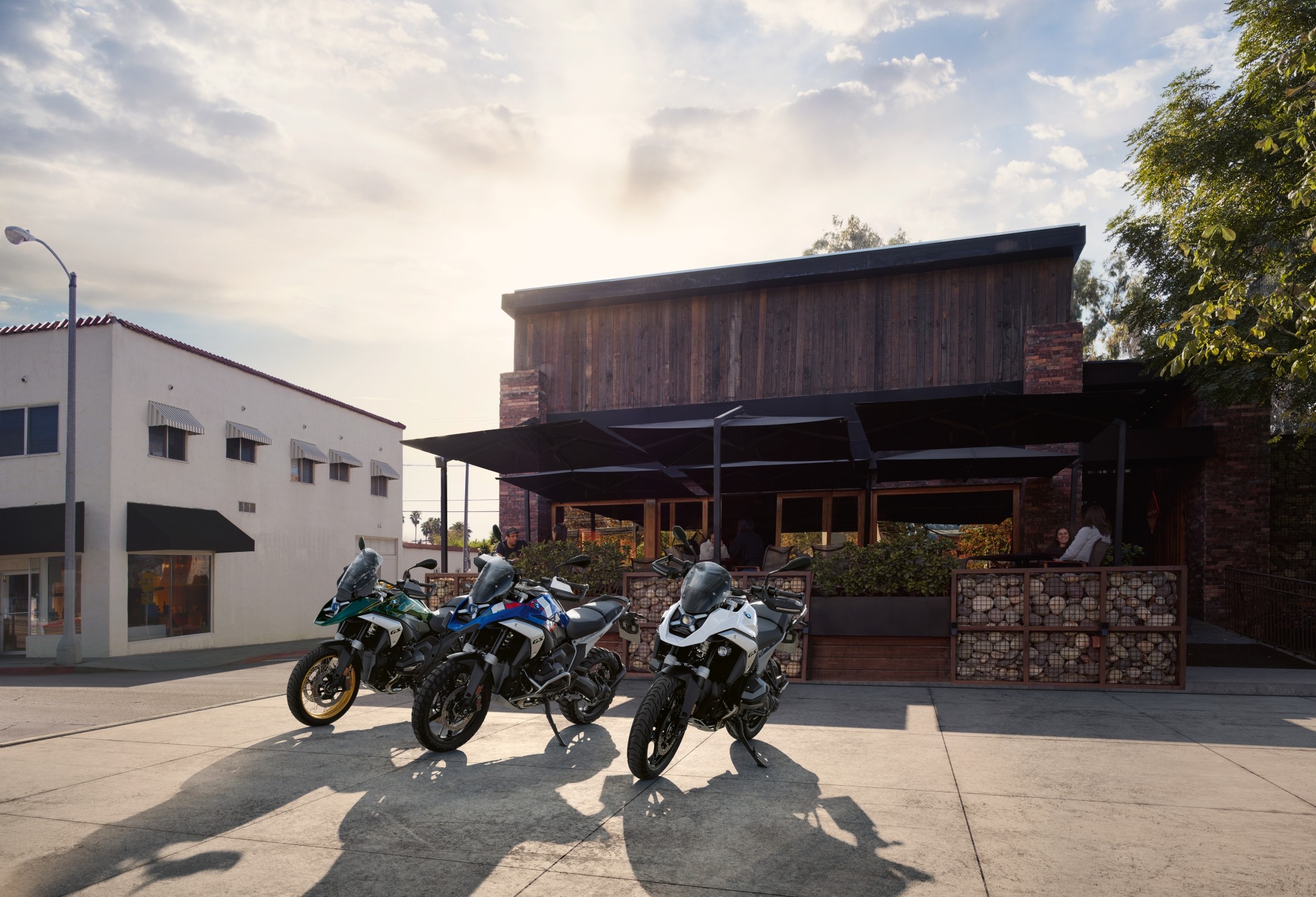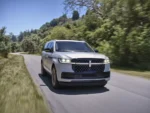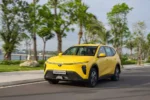BMW R 1300 GS has been completely redesigned to be more agile and sleeker than its predecessor. Most of these exterior changes are related to hardware upgrades as well as more new driver assistance technologies. The weight of the BMW R 1300 GS with a full fuel tank is only 235 kg, a 12 kg reduction compared to the previous generation.
The centerpiece and soul of the bike is the horizontally positioned twin-cylinder boxer engine, which now has a displacement of 1,300cc (compared to the previous 1,254cc) and a compression ratio of 13.3:1, higher than the BMW R 1250 GS’s 12.5:1.
Thanks to these changes, the BMW R 1300 GS has a power output of 145 horsepower, an increase of 9 horsepower, and a maximum torque of an impressive 149 Nm at 7,500 rpm, the highest in the adventure segment over 1,000cc. BMW Motorrad claims this is the most powerful boxer engine ever produced for commercial purposes.
The new BMW R 1300 GS focuses on improving the bike’s handling with a completely new EVO Telelever suspension system at the front and EVO Paralever at the rear. The rider will feel more precise changes from the road surface, and the handling will also be more accurate thanks to the bike’s quick response.
A special feature of this upgrade is that the BMW R 1300 GS has the ability to lower its height when stationary, making it easier for the rider to maintain balance and return to its original position when moving.
The BMW R 1300 GS will have 4 riding modes, including Rain and Road modes. The Eco mode optimizes fuel consumption for the bike to travel the farthest, and the Enduro mode is designed specifically for off-road terrain.
The new BMW R 1300 GS now looks much more powerful and modern than the traditional asymmetrical headlight design of previous BMW Motorrad bikes. In addition to the new design, BMW also equips the R 1300 GS with matrix LED technology, allowing the bike to illuminate the obscured part of the road while leaning in a turn.
An important safety feature for the rider is a major upgrade on the BMW R 1300 GS with front and rear sensors that help the bike determine the distance to surrounding vehicles and automatically adjust the speed when Adaptive Cruise Control is activated.
Furthermore, the Front Collision Warning feature will alert when there is an obstacle ahead and intervene in the braking system to prevent potential accidents. Parallel to that is the Blind Spot Warning feature with indicator lights on the rearview mirror to assist the rider in safer lane changes.
Luân Võ (forum.autodaily.vn)


